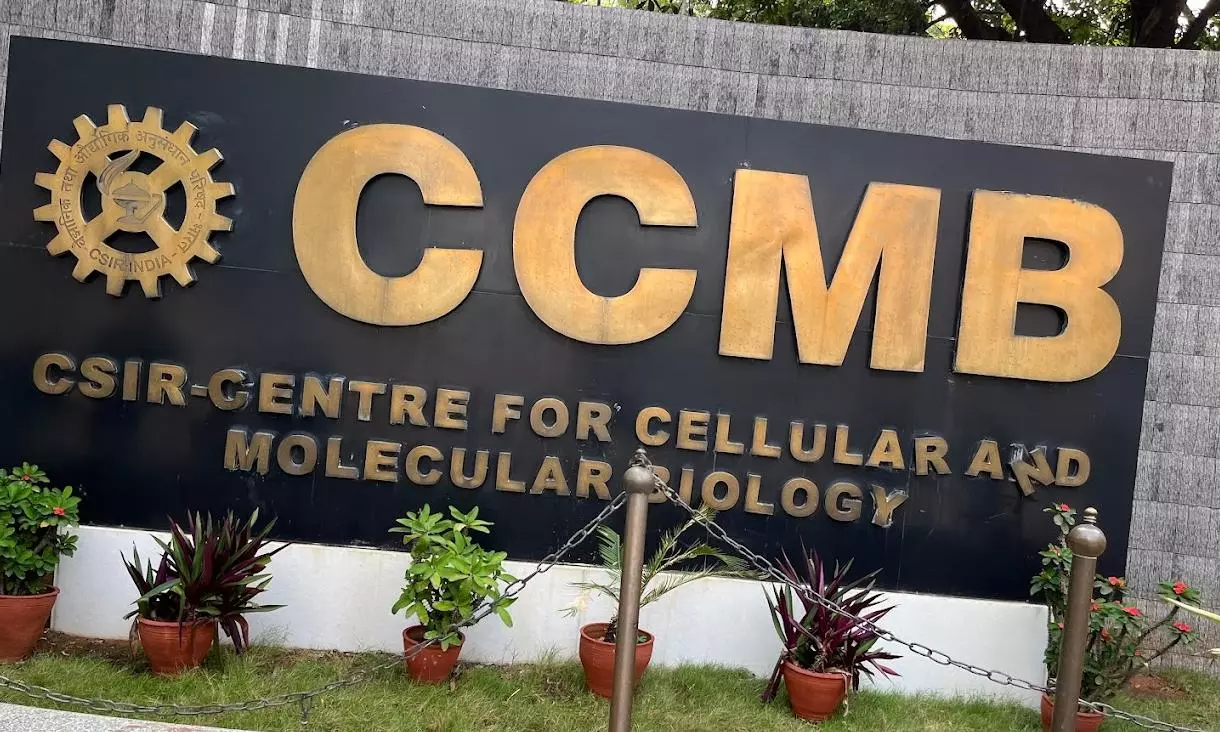CCMB Study Shows Impact of Modernisation on Austroasiatic Languages in India

Hyderabad: About five per cent of Indians speak Austroasiatic languages, especially ancient tribal populations in Odisha, Chhattisgarh and Jharkhand. They have retained their languages for over 4,000 years, although some are now adopting the Indo-European language.
A recent study led by Dr Kumarasamy Thangaraj at CSIR-Centre for Cellular and Molecular Biology (CCMB), Hyderabad, and Dr Niraj Rai at DST-Birbal Sahni Institute of Paleosciences, Lucknow, explores these changes.
The findings, published in ‘Heliyon’, an open access journal by Cell Press, come from the first high-throughput genetic study on east Indian tribal populations. Researchers studied four major tribal groups (Bathudi, Bhumij, Ho, and Mahali) from Odisha, examining their genetic affinities alongside those speaking Indo-European language. The results indicate no genetic mixing between the groups.
Linguistic mixing likely stems from industrialization (probable movement of Indo-European speakers from neighbouring states) and modernisation (cultural exchange, may be due to marriage/ trade/ education), bringing cultural contact and causing some Austroasiatic speakers to adopt Indo-European languages. Incidentally, the study found no Indo-European speakers adopting Austroasiatic languages.
“Using genetic and linguistic data, we established that Austroasiatic languages are being altered by recent demographic changes. This linguistic shift has sociocultural effects and threatens Austroasiatic languages if the trend continues,” observed Dr Thangaraj. However, the risk remains small.
“Our study suggests that most ancient tribal groups in eastern India maintain their cultural heritage despite massive industrialisation and demographic changes,” noted Dr Rai.
Dr Vinay Kumar Nandicoori, director of CCMB, emphasised the study's importance in enriching the genetic database of Austroasiatic speakers and understanding India's diverse population dynamics.
Other institutes involved in this study included the Academy of Scientific and Innovative Research (AcSIR), Ghaziabad, Shreyanshi Health Care Private Limited, Raipur, and Panjab University, Chandigarh.
